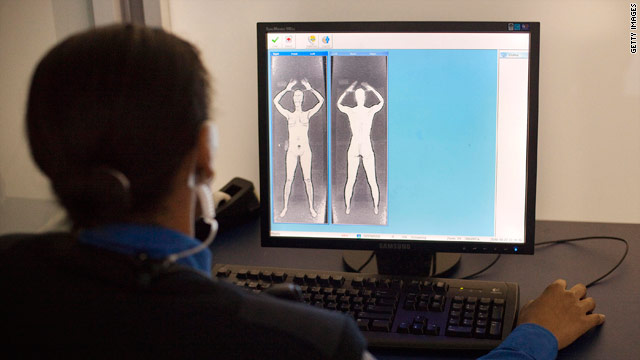Should I be worried about radiation from backscatter airport scanners?

Keeping public places such as airports safe is not an easy job. The need for screening equipment at the airports to check the passengers, and their personal items inside luggage to trace any dangerous items or hidden threats such as weapons, explosives, chemicals, and liquid has become a rule in many countries. There are many types of screening equipment used at airports today and each has a different screening purpose. One of the common items is backscatter x-ray scanners which use advanced x-ray imaging ionizing radiation technology to detect hard and soft materials by variation in x-ray intensity transmitted through the subject. Backscatter scanners use very low energy that is reflected back to the machine itself but the question that may arise is the backscatter scanner is safe? Find doctor would highly entertain any inquiries of the public concern on the effect of low radiation exposure to the health in the long term run.
What is the principle behind ionizing scanning equipment?
X-ray backscatter advanced imaging technology (AIT) system is based on the backscatter imaging technology, a form of ionizing radiation that has been designed by Steven W. Smith in 1991. Unlike a conventional x-ray machine which utilizes the transmission through the object. In contrast, a backscatter x-ray scanner detects the radiation that reflects from the object and forms an image. For airport screening, 2D images are taken from both sides of the human body. The technology uses whole-body imaging technologies to perform full-body scans of the passengers to detect hidden objects. Therefore, the backscatter scanner is widely used at the airport while other competing technology such as millimeter-wave scanner uses non-ionizing radiation with the reflections of 3D images. Non-ionizing radiation has a limitation because although it has enough energy to move atoms in a molecule but not enough to remove electrons from atoms, thus it can only show the objects that are present but not full-body images, therefore the objects must further be investigated by the airport security agents.
What are the effects of low ionizing radiation on health?
The usage of backscatter scanners has been a controversial topic to certain people because they believed exposure to ionizing radiation can bring detrimental effects on health. The science behind it is that the radiation energy can be absorbed in tissue and penetrate into the human body. Therefore, the safety issue of the device has been questioned especially if they are exposed to high-level radiation. According to a Radiology Journal that has been published in 2011, the number of individuals who are diagnosed with cancer due to radiation exposure from whole-body x-ray backscatter is very minute. Another study also estimated that four additional cancers would occur if 1 million people were exposed to 520 scans in one year.
Unlike millimeter-wave scanners, non-ionizing energy does not cause harmful effects to humans but a backscatter scanner ionizing radiation is able to break the chemical bonds and is considered carcinogenic and can cause damage to the DNA in our cells. but the doses used in airport scanners are believed to be negligible for an individual since the radiation dose is very low. However, certain individuals particularly children, radiosensitive people, aircrew, and frequent fliers pose a high risk if they are exposed to radiation. To summarize, based on the uncertainties of data, we can’t conclude whether a backscatter scanner is safe or dangerous because there is no precise benchmark to validate the radiation exposure health risk.
What are the solutions?
The only way to prevent any risk and to be safe, avoid travel with young children to minimize the risk of radiation or request to avoid being scanned because you have the right to reject but it is subject to the rules of the country’s regulations but most countries make full-body scanning optional. Besides that, countries such as the United States had given the option to the people who refuse full-body screening at the airport. If they are not convinced or prefer not to take any risk, they can refuse and choose another option which takes 10 to 15 minutes for the airport security process to accommodate the extra steps required. However, full-body scanning is seemingly the most efficient method to scan for dangerous items. A country such as Australia implemented a strict law for those who refuse a body scan can sometimes specifically result in a flight ban, even once they submit to other searches. However, you do still have a right to against and argue if the securities force you to do the backscatter scan and opt for another screening method.
